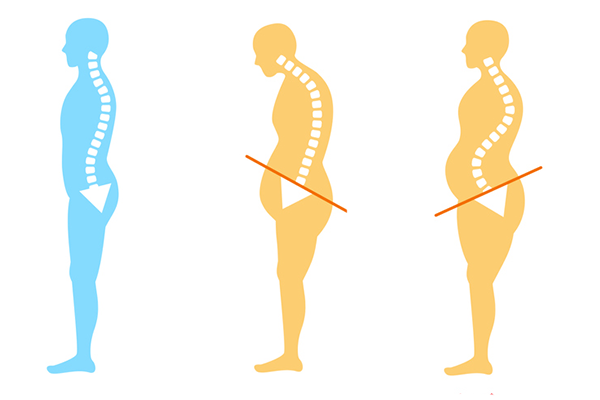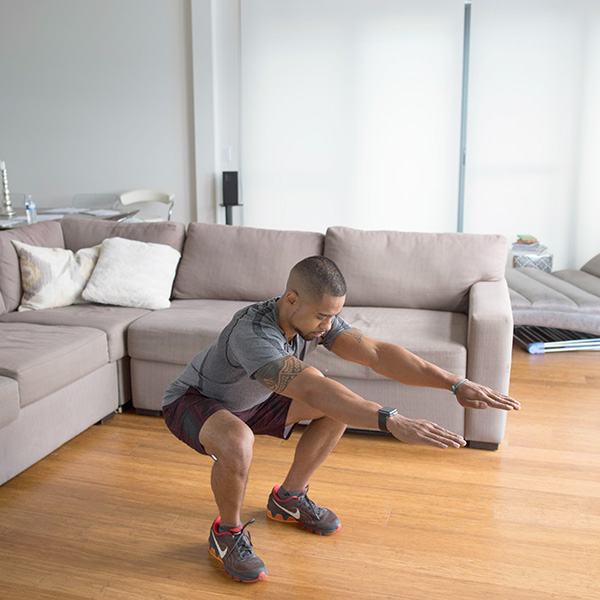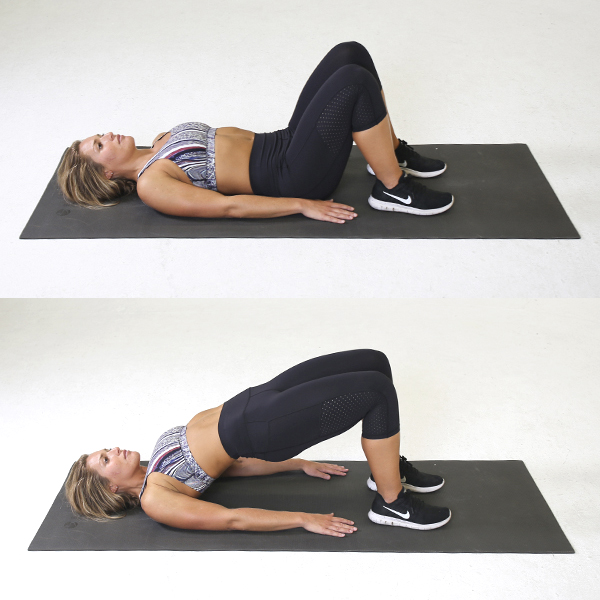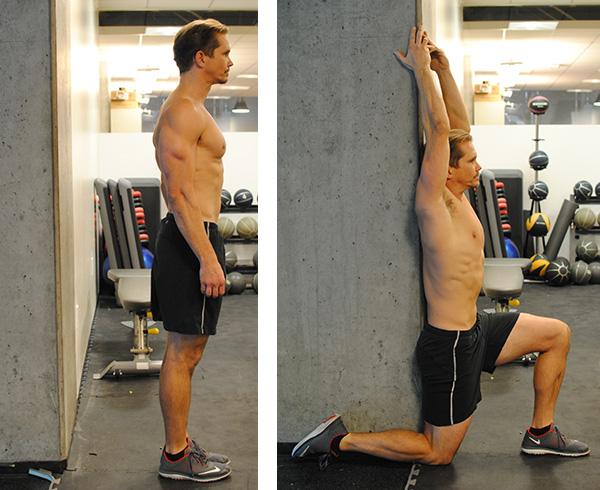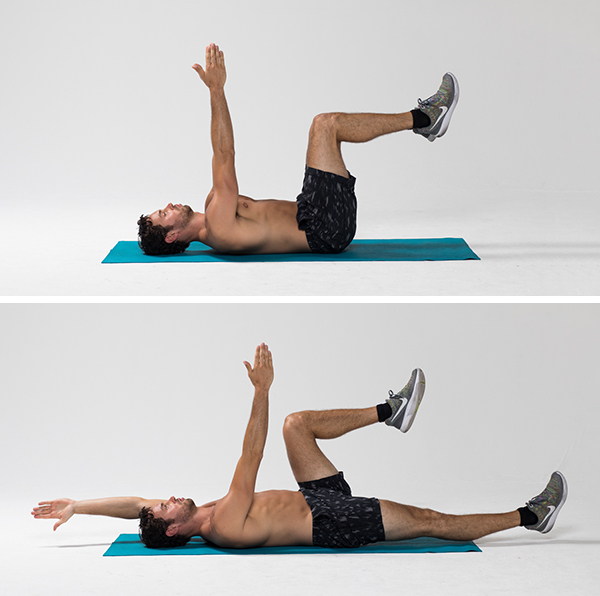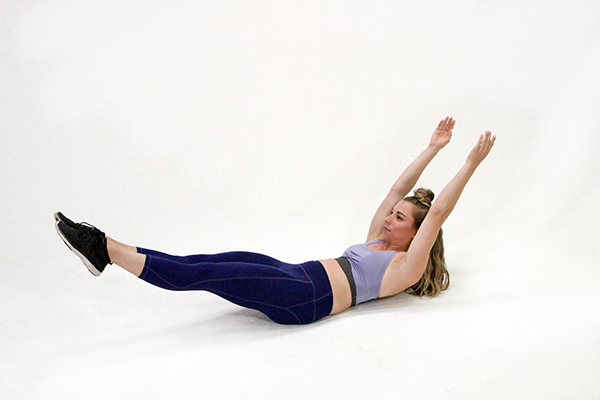What Is Pelvic Tilt? Plus, 5 Exercises to Prevent Pain

Just like debates about macros and if lifting weights makes women bulky, talks about pelvic tilt can get a little heated in the fitness world.
“There is a connotation of late where people think pelvic tilt is bad,” says Tony Gentilcore, CSCS, co-founder of Cressey Sports Performance. “But it’s 100 percent normal.”
Here’s what you need to know about pelvic tilt — and exercises to help correct it if you’re concerned about excessive tilt.
What Is Pelvic Tilt?
Pelvic tilt can actually refer to three things, explains physical therapist Carrie Pagliano, PT, DPT, and media spokesperson for the American Physical Therapy Association.
- A movement strategy people use during activities such as heavy lifting exercises and gymnastics.
- An exercise used to strengthen the core.
- A structural part of your anatomy.
For the purpose of this article, we’re discussing the structure.
“The pelvis bones can have an angle of rotation,” Pagliano explains. When the pelvis tilts backward (rounding your back), it’s called posterior pelvic tilt. When the pelvis tilts forward (arching your back), it’s called anterior pelvic tilt, which is more common.
A physical therapist may do several tests to measure pelvic tilt and determine if it is excessive or not. However, many personal trainers are able to spot pelvic tilt from experience, since it can often be identified visually.
What Causes Pelvic Tilt?
Most pelvic tilt is natural. “We are designed to have anterior pelvic tilt, where we are a little bit more tilted forward,” Gentilcore says.
Women tend to have slighter greater anterior pelvic tilt than men do.
However, excessive anterior pelvic tilt may be caused by a combination of tight and weak muscles.
This may include tight lumbar muscles (lower back), psoas (part of the hip flexors), and rectus femoris (one of the quadriceps muscles), all of which can cause the pelvis to tilt forward.
On the flip side, weak abdominals, glutes, and hamstrings may also contribute to an anterior pelvic tilt.
Prolonged sitting can contribute to anterior pelvic tilt, as long stints on our butts can lead to weak glutes and tight hip flexors. Pregnancy can also lead to anterior pelvic tilt because the weight of the fetus tips the pelvis forward.
Additionally, many athletes develop anterior pelvic tilt — and use it to win. “A lot of what makes certain athletes very successful is that they are in a[n] anterior pelvic tilt all the time,” Gentilcore says. “That’s why they run so fast and jump so high.”
Indeed, according to a review published in the Strength and Conditioning Journal in 2008, anterior pelvic tilt may give those who have to sprint, jump, or kick an advantage.
“It’s the nature of the beast. A lot of athletics is extension — reaching, jumping, sprinting — because extension is acceleration,” Gentilcore explains.
Tilted Pelvis and Back Pain
There is no one answer to whether or not pelvic tilt alone causes back pain.
Although many people link pelvic tilt and back pain, some research shows it does indeed lead to pain, some studies say it doesn’t, and some have mixed reviews.
One study of 60 women found a significant relationship between tilt and low-back pain, but also found that people with and without back pain all had varying degrees of anterior pelvic tilt.
And in a review of 43 studies published in BMC Musculoskeletal Disorders, the study authors found no significant differences in the standing pelvic angle tilt of people with and without low-back pain.
“If you have bad posture, it doesn’t mean you will have back pain,” Pagliano says. “Pain is way more complex and there are a lot more systems involved.”
Back pain aside, some people find that pelvic tilt may cause hip and knee discomfort, shin splints, or plantar fasciitis, Gentilcore says. “It’s a kinetic chain. If someone has flat feet and plantar fasciitis and their shins hurt, we’ll look at the hips.”
5 Pelvic Tilt Exercises
You don’t necessarily need to fix a natural anterior pelvic tilt or posterior pelvic tilt. “Most of the time you don’t have to worry about it,” Gentilcore says. “It is normal.”
However, if you have an excessive pelvic tilt, you may want to see a physical therapist who can do an assessment and recommend stretches and exercises.
“Anything that hammers the glutes will be money,” Gentilcore says. “And core work will strengthen your rectus abdominis.”
Try some of the following exercises often suggested for excessive pelvic tilt.
1. Squat
- Stand tall with your hands by your sides, feet shoulder-width apart, and toes pointed forward.
- Keeping your back flat and core braced, push your hips back, bend your knees, and lower your body until your thighs are parallel to the floor. You want to “sit” into the exercise, pushing your butt back like you’re lowering yourself onto a chair or bench. Never bend forward at your waist — that will only increase the stress on your spine and throw you off balance.
- Pause at the bottom, and then push yourself back up to the starting position.
2. Glute bridge
- Lie on your back, arms down by your sides. Bend your knees and plant your feet flat on the floor.
- Pull in through your navel to brace your core muscles, and then squeeze your glutes to press your hips up so your body forms a straight line from knees to shoulders. Don’t allow your back to arch.
- Keep your head on the floor and eyes focused on the ceiling.
- Hold the position for a beat, and then lower and repeat.
3. Psoas extension
- Stand inside a doorframe so that you’re facing one of the jambs.
- Carefully step back with your right leg, moving your foot outside the door along the wall as you lower your body into a lunge (your back should touch the jamb behind you).
- Reach up with both hands and grab the jamb as high above your head as possible. Hold for as long as you can up to 2 minutes.
- Stand up and repeat, stepping back with your left leg.
4. Deadbug
- Lie flat on your back on the floor with your arms straight up in the air and your legs bent at 90 degrees at the hip and at the knee like you are sitting in a chair.
- Press your low back into the floor and brace your core to maintain this flat-back position throughout the entire exercise.
- Slowly straighten your right leg and your left arm as you lower them to the ground, to within a few inches of the floor (your arm should end up above your head, not out to the side). Only go as low as you can — your low back should not come off the floor.
- Pause, and then squeeze your abs to slowly reverse the movement to return to the starting position.
- Repeat with your left leg and right arm. Continue alternating sides.
5. Hollow body hold
- Lie on your back with your arms and legs lifted straight in the air, reaching toward the ceiling. Engage your core and press your lower back into the ground.
- Slowly begin to lower your legs down and lower your arms back.
- Lower your arms and legs as far as you can, aiming for a hollow body position, where your body looks like a boat.
- Don’t lower down so far that your lower back comes off the ground. If that happens, lift your arms and legs back up until you can get back into the proper position.
- To make this move more challenging, lift your shoulders off the ground.


